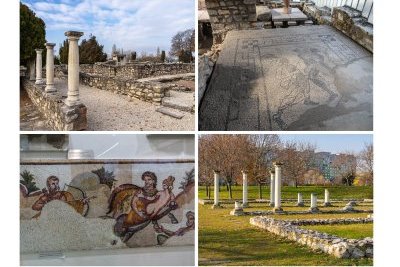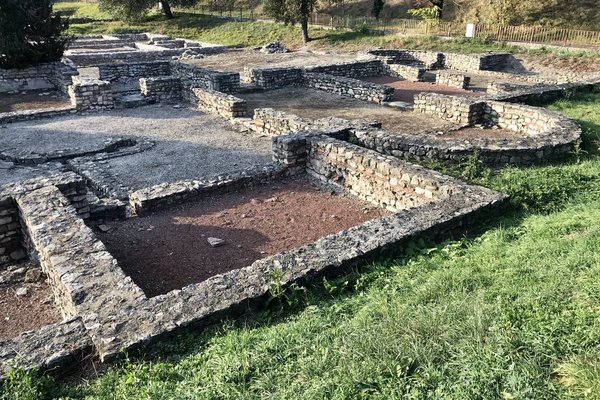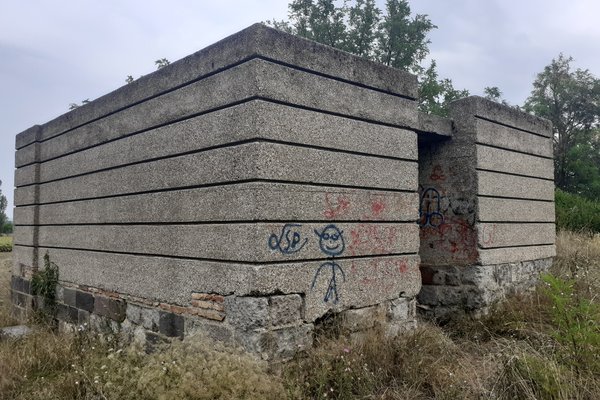Hungary
Ripa Pannonica in Hungary
At the Ripa Pannonica in Hungary, the Danube was used as a natural border of the Roman Empire in its province of Pannonia.
Watchtowers, forts and civil settlements were placed along that border. A specific use of watchtowers - in a line of four – was developed here to guard the river and its islands.
Site Info
Official Information
- Full Name
- Ripa Pannonica in Hungary (ID: 5452)
- Country
- Hungary
- Status
-
On tentative list 2009
Site history
History of Ripa Pannonica in Hungary
- 2021: Requested by State Party to not be examined
- As part of a transnational proposal of the Danube Limes. The other parts were inscribed at the same session.
- 2019: Referred
- As part of Danube Limes (Western Segment)
- 2009: Added to Tentative List
- Added to tentative list
- Type
- Cultural
- Criteria
Links
- UNESCO
- whc.unesco.org
All Links
UNESCO.org
- whc.unesco.org — whc.unesco.org
Community Information
- Community Category
- Archaeological site: Ancient Rome
- Secular structure: Military and Fortifications
Travel Information
Recent Connections
News
No news.
Recent Visitors
Visitors of Ripa Pannonica in Hungary
- Afshin Iranpour
- Astraftis
- Bill Maurmann
- CugelVance
- David Berlanda
- Dimitar Krastev
- George Gdanski
- henrik_hannfors
- Ilya Burlak
- Ingrid
- Jarek Pokrzywnicki
- jonathanfr
- Lisu Marian
- Luboang
- Marton Kemeny
- michaelsballard
- MoPython
- nikolamus
- Persian Globetrotter
- Pincze
- Porcho
- Stanimir
- Stanislaw Warwas
- StaziG
- Szucs Tamas
- Tamara Ratz
- Tcchang0825
- Thomas van der Walt
- Tsunami
Community Reviews
Show full reviews
While in Budapest in November of 2024, I stopped by two of the locations of this serial submission.
Aquincum archaeological site marks the location of the capital of the Roman province of Pannonia in the 1st-4th centuries CE. The site is mainly about neat outlines of city structures, with a few columns and portals thrown in. One covered pavilion contains recovered mosaics. Unfortunately, there are a couple of defined components of the site – including the reconstruction of a Roman building called House of the Painter – that can only be visited on a very limited schedule which did not coincide with my plans for the day. So I only perused the onsite museum, which has a reasonable collection of artifacts dating back to Roman times.
I spent a little over an hour at the site, which should have been closer to two hours if all its parts were accessible throughout the day. Aquincum is not difficult to reach via public transport, as several bus routes and a couple of regional trains have stops nearby. I also stopped by the location marked on Google Maps as "Római maradványok" (Roman Remains) on one of the central squares of Óbuda, Florian Square, which corresponds to "Aquincum Obudai" in the listing on the right. There is not much to explore here: also a few wall outlines and a bunch of pillars. What I enjoyed the most was the curious visual contrast of the Soviet-looking apartment buildings on the western edge of …
Keep reading 0 comments


